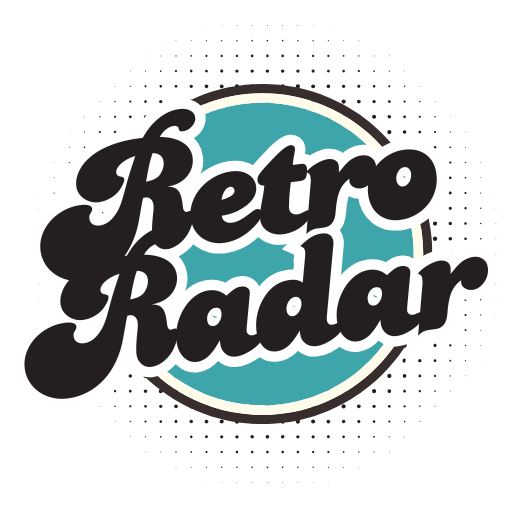13 Household Items from the Past That Would Confuse Gen Z
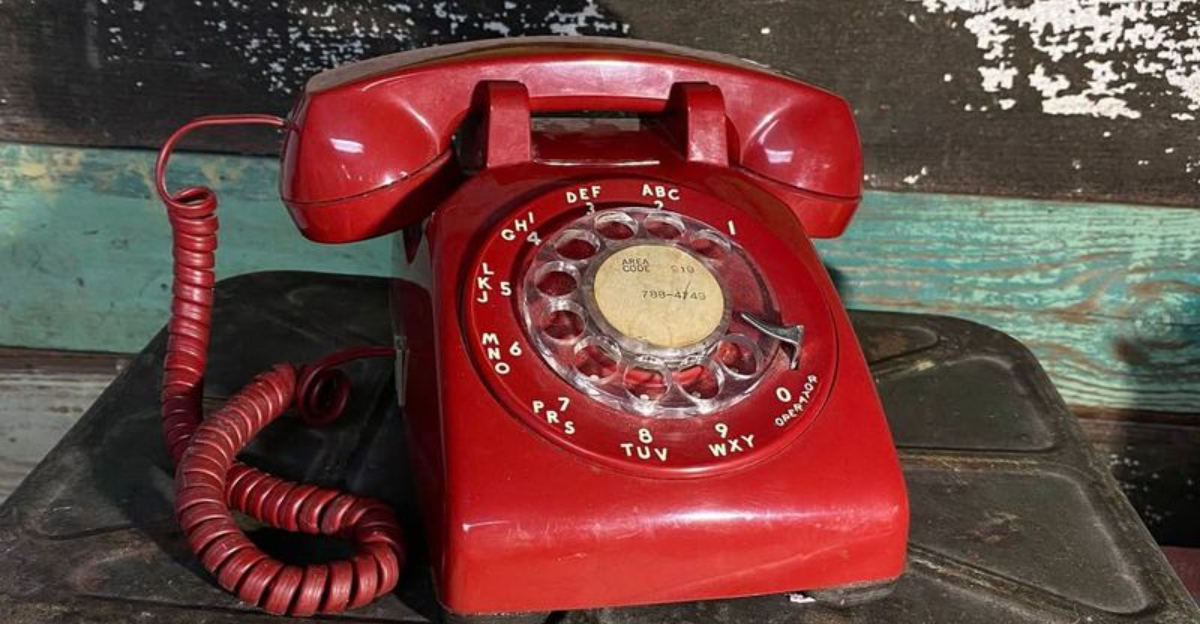
Gen Z is growing up in a world full of digital convenience, where sleek gadgets and instant solutions rule the day. However, not so long ago, things were a bit more complicated.
Household items that were once common and essential now seem like relics from a bygone era. Imagine trying to explain a rotary phone or a VHS tape to someone who’s never known life without a smartphone or streaming services.
These items were the hallmark of their time, and today, they might just leave Gen Z scratching their heads.
1. Rotary Phones
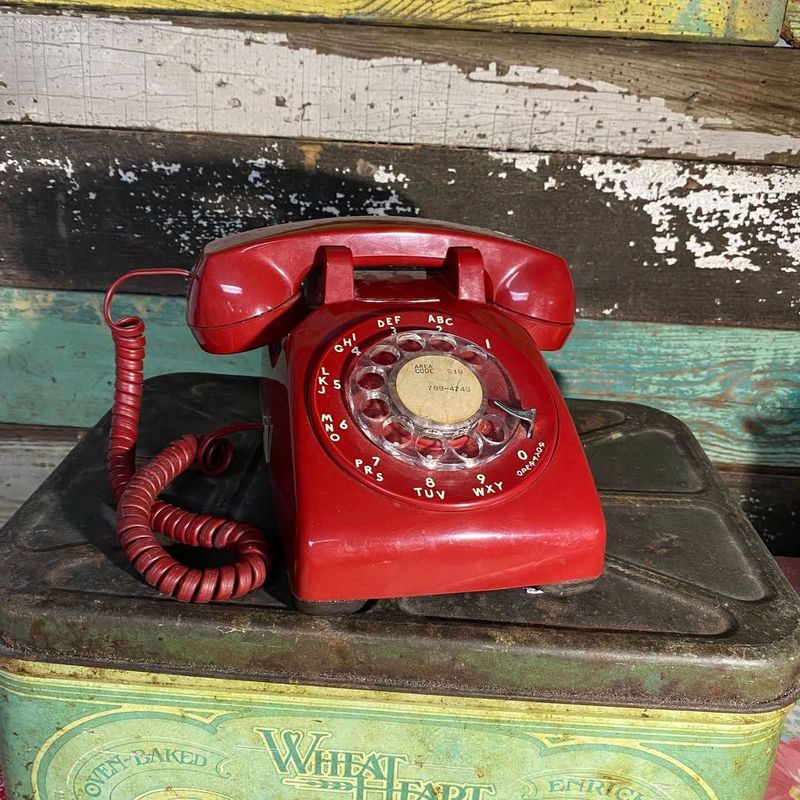
Before emojis and touchscreens, there was the rotary phone, an exercise in patience and dexterity. Dialing was slow, requiring a full rotation for each digit. Gen Z, accustomed to instant dialing, might find this process akin to an escape room challenge. Imagine starting over if you misdialed!
This quaint process made calling an art form. Modern phones are sleek and fast, but the charm of a rotary phone is undeniable.
The tactile experience of dialing might feel nostalgic yet puzzling for today’s digital natives.
2. VHS Tapes
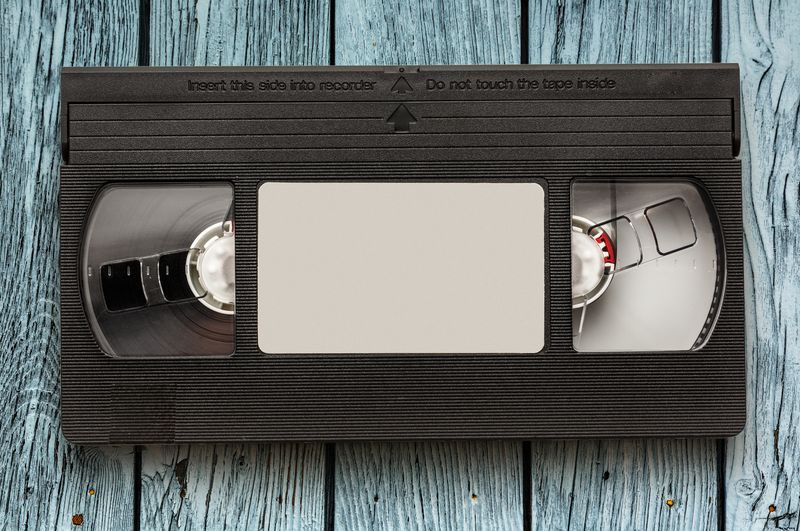
Before streaming services, VHS tapes were the pinnacle of home entertainment. You’d pop one into the VCR and hope for a clear picture. The inconvenience of rewinding with a pencil or dealing with tangled tapes seems ancient today.
Gen Z, used to on-demand content, might find the idea of rewinding baffling. Once, finding your favorite movie on tape was an adventure. Now, with everything at your fingertips, the charm of VHS lies in its nostalgia—a tactile reminder of simpler, albeit less convenient, times.
3. Corded Phones
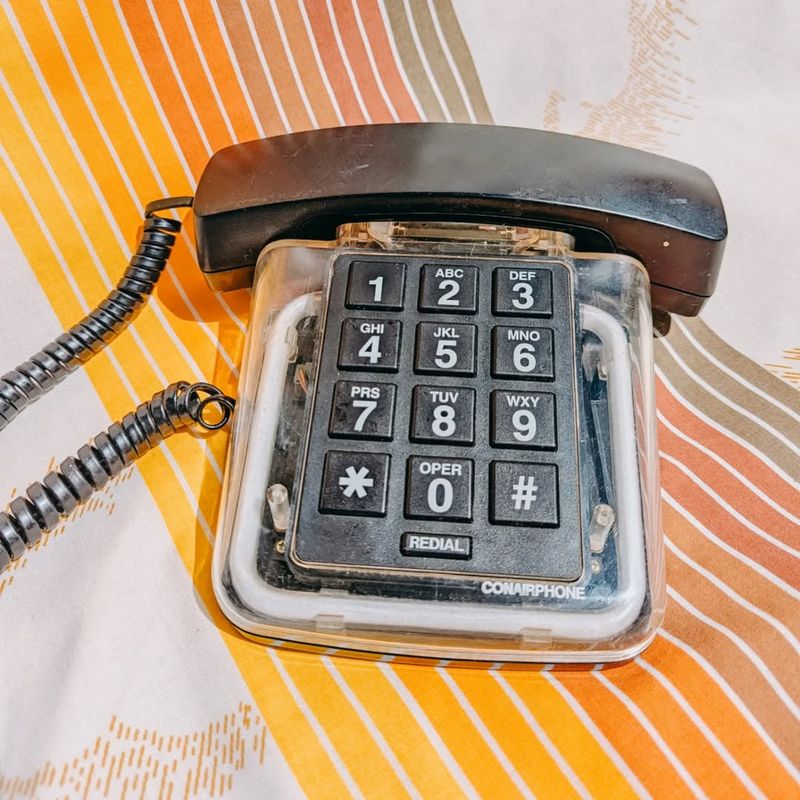
Remember when phones had cords? Conversations tethered you to one spot, transforming calls into stationary events. Gen Z, familiar with wireless freedom, might find this limitation puzzling.
Walking around was a juggling act, dragging the phone like a leash. Today, calls are hands-free and mobile, a stark contrast to the days of corded entanglement. The frustration of untangling cords is a distant memory, replaced by sleek, portable devices.
Yet, there’s a certain nostalgia in recalling the days when a phone call meant being physically connected.
4. Analog Clocks with Hands

Analog clocks, with their ticking hands, are a curiosity to Gen Z, who grew up with digital displays. Reading time required interpretation, a skill now largely unnecessary. These clocks were once a household staple, their rhythmic ticking a comforting background noise.
Today, digital precision dominates, rendering the art of reading clock hands almost obsolete. But there’s beauty in the simplicity of analog timepieces, a reminder of a slower pace in life.
For Gen Z, navigating these clocks might feel like a time-traveling puzzle.
5. Paper Maps

Before GPS, there were paper maps—an art to fold and a challenge to decipher. Getting them back to their original state was often a puzzle. Gen Z, used to digital directions, might find this process archaic. The adventure of navigating winding roads with only a map is foreign to them.
Today’s digital maps offer instant routes and updates, making the tactile experience of paper maps a nostalgic memory. Yet, there’s a charm in the adventure and uncertainty of navigating with a paper map.
6. Typewriters

The clack of typewriter keys was once the soundtrack of writing. No backspace, no spellcheck, just a raw mechanical experience. Gen Z, accustomed to effortless typing, might find typewriters cumbersome.
Mistakes were permanent unless you had correction tape. Yet, there’s a tactile satisfaction in the art of typing, a connection lost in today’s digital world. Typewriters demand patience and precision, qualities less required in the age of autocorrect.
For the modern generation, using one might feel like a historical reenactment of writing’s past.
7. Floppy Disks

Before cloud storage, there were floppy disks—iconic square relics of data storage. Holding a mere 1.44MB, they were vital for file transfers. Gen Z, familiar with vast digital storage, might see them as curiosities. These disks are now retro coasters, symbols of a bygone tech era.
The physical act of using a floppy disk is almost theatrical now, a stark contrast to seamless file sharing and instant cloud access. For Gen Z, floppy disks are glimpses into the primitive stages of digital evolution.
8. Polaroid Cameras
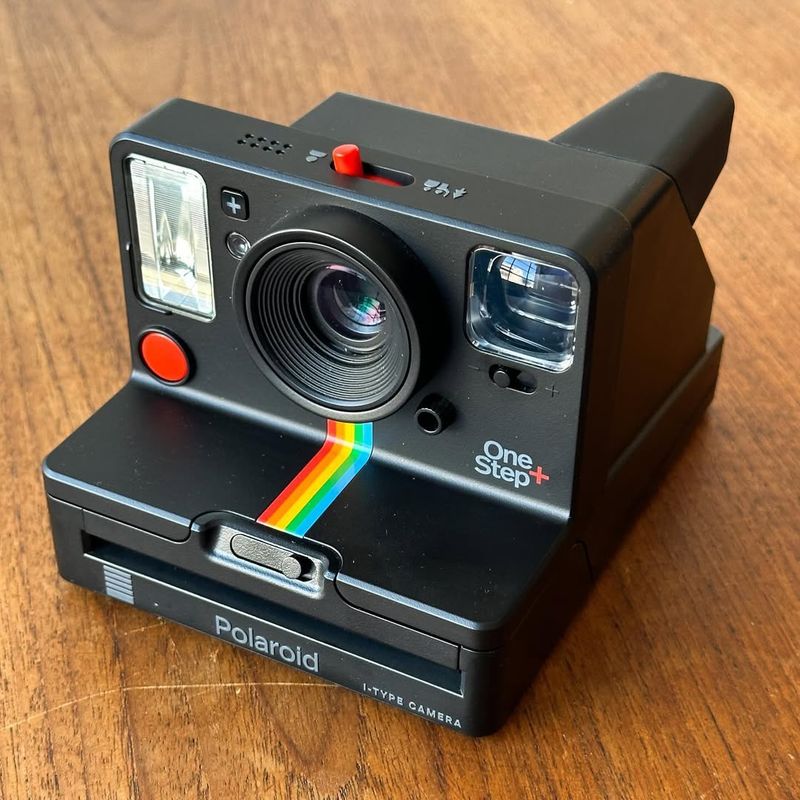
Instant photography once meant Polaroids—snap a photo and watch it develop slowly. Gen Z, with instant digital photos, might find this process quaint yet slow. Each snapshot was a surprise, sometimes a thumb in the frame.
Nowadays, photos are immediately shared online, a far cry from the anticipation of waiting for a Polaroid print. There’s a nostalgic charm in the tangible memory Polaroids provided, a physical connection to a moment in time. For Gen Z, the experience is a nostalgic novelty.
9. Walkmans
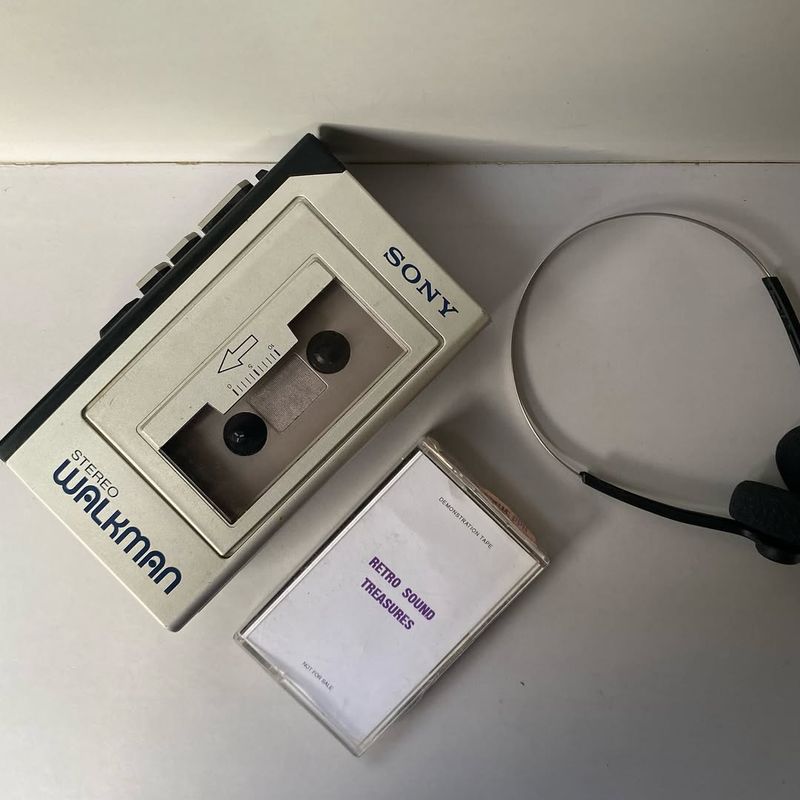
Before digital music, there was the Walkman—portable yet bulky. Gen Z, used to streaming, might struggle with cassette tapes and tangled headphones. Playing music meant flipping the tape and dealing with jams. Yet, the Walkman was revolutionary, bringing music wherever you went.
Today’s instant playlists contrast with the tactile joy of creating mixtapes. For the modern generation, the Walkman is a relic, a peek into the evolution of personal music players.
It’s a reminder of the joy and frustration of analog music.
10. Betamax Tapes

Before VHS dominated, Betamax tapes were the video format of choice. Shorter and less common, they were still beloved by many. Gen Z, who only know digital video, might find their appeal puzzling. Betamax was a short-lived format, yet for a time, it was cutting-edge.
Today, digital streaming offers unparalleled convenience, making Betamax a historical footnote. For Gen Z, using a Betamax tape is a curious glimpse into the past, a reminder of the rapid evolution of home entertainment technology.
11. Chalkboards
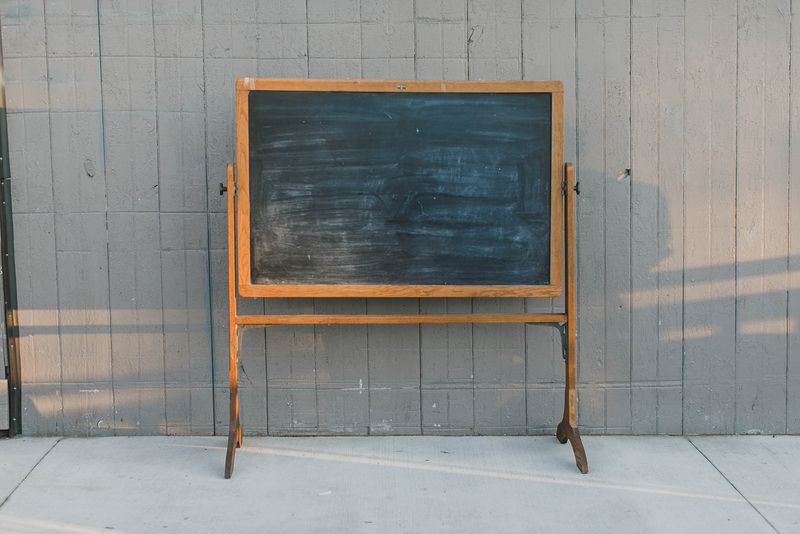
Chalkboards, once educational staples, are now classroom relics. Writing with chalk was a dusty, squeaky affair. Gen Z, familiar with smartboards, might find chalkboards primitive. Lessons were erased with dusty hands, a stark contrast to today’s digital ease.
Yet, the tactile nature of chalkboards holds nostalgic charm. For the modern generation, using one might feel like stepping into a historical classroom. The simplicity of chalk and slate is a tactile reminder of how far education technology has come.
12. Home Encyclopedia Sets

Before Google, encyclopedias were the source of knowledge. Heavy volumes sat on shelves, offering information on everything. Gen Z, who Google instantly, might find them cumbersome. Searching was manual and sometimes fruitless.
Yet, encyclopedias were trusted compendiums, offering curated knowledge. Today’s digital information is vast and uncurated, a contrast to the structured knowledge of encyclopedias.
For Gen Z, using one is a tactile exploration, a look into how previous generations sought answers. They are symbols of a more deliberate, slower information age.
13. Wristwatches with Hands

Before digital watches, wristwatches with hands were time-telling art forms. Gen Z, used to digital displays, might find them quaint. Reading time required understanding the position of spinning hands.
Today, digital precision simplifies time-telling. Yet, there’s elegance in analog watches, a blend of form and function. For the modern generation, wearing one is a retro experience, a nod to the craftsmanship of the past.
These watches are symbols of timeless elegance, a counterpoint to the instant readability of modern digital timepieces.
